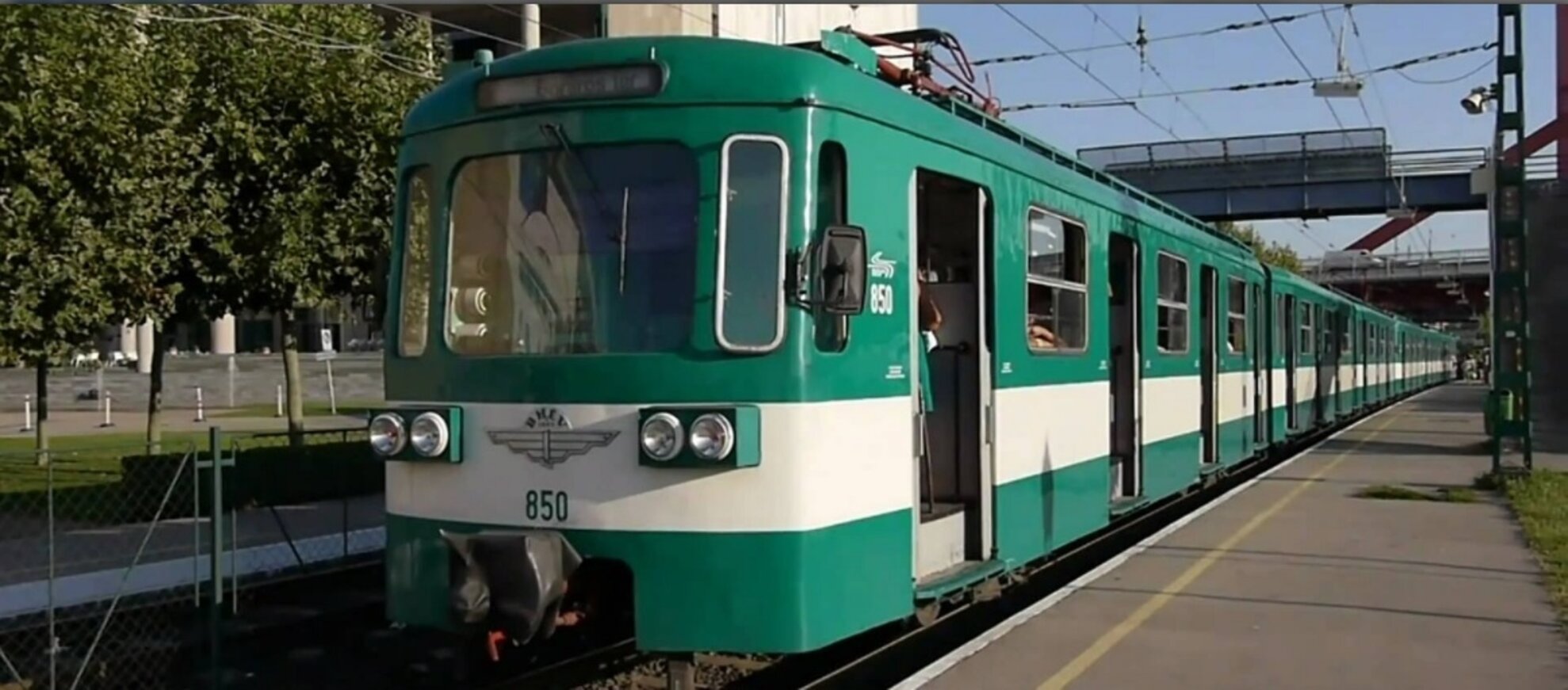The transport history of the capital coincides with the establishment of Budapest, when Buda, Pest and Óbuda were joined as one in 1873. The city already had various means of transport before then, operated by small entrepreneurs. During the modernisation of Hungary and the big cities, transport networks gradually built up, also playing a role in the development of the economy, society, culture and the built environment.
Transport is essentially about connecting people and elements of the urban landscape, not just about getting from A to B, but also about exploring our environment and society.

Changes in traffic, the economy and the needs of locals helped shaped the city. The main task in the 1872 regulatory plan for the development of trade and industry was to create wide roads. By the 1960s and ’70s, cobblestone was replaced by four-lane asphalt roads created for the growing numbers of cars, such as Soroksári út, where even the tram rails were pushed to one side.


When we think of passenger transport, we first think of trams, buses and the metro, but in 19th-century Budapest, the omnibus between the Danube and Városliget, as well as Chain Bridge and Zugliget, was dominant. After the advent of the horse-drawn railway, life accelerated: the Funicular – formerly known as the Hegypálya, or ‘Hill Track’ – arrived, along with the cogwheel rail, then between 1887-88, the HÉV suburban train to Dunaharaszti, Cinkota and Szentendre.

The recognition of the fact that communities around Budapest could be connected to the capital, routes designed around existing horse-drawn train stations, played a role in planning. The modernisation and expansion of the HÉV network, as well as extensions of the H7 and H6 lines underground, are very much in the news today.

Trams also became widespread in the post-Millennium years. On 28 November 1887, the first line was built on the Grand Boulevard between Nyugati station and Király utca, its extension becoming the busiest tram line in Europe. Encouraged by this success, as it was a pilot project, the idea of an underground railway under Andrássy út was soon born.

Mór Balázs prepared the plans for Budapest’s first metro network in 1897 – even back then he was proposing east-west and north-south lines, which he would have connected to the recently unveiled service beneath Andrássy. But the design of red metro line 2 had to wait until after the war. The handover of its first section took place in April 1970, bringing a crowd eager to see this strange new beast, a metro station with escalators. Of course, everything calmed down within a day or so and this modern infrastructure became an integral part of the whole network.

Since then, we’ve also been happily travelling on lines 3 and 4 – or rather, happily along line 4. As opposed to the much-maligned blue line, currently under years of renovation, more recently opened green line 4 features stations which are among the coolest examples of contemporary urban architecture in Budapest, winning several domestic and international awards.

As late as May Day 1915, after years of planning, buses became part of the network. The first service meant the end of the omnibus. The foundations of the city’s transport system were built relatively quickly but have been in constant change ever since.

During the shutdown this spring, the emphasis shifted: the development of cycle lanes and the need to create pedestrian-friendly streets had been considered by locals and city planners for years, but it needed a pandemic to instigate meaningful change.

The expansion and development of the HÉV suburban railway line are another recent phenomenon, as many move out of the city for affordable and convivial housing, less pollution and congestion. As a result, commuting has increased. According to data from estate agents ingatlan.com, in 2019, almost 40,000 people moved out of Budapest and decided to commute.

In addition to major investment and development, reducing traffic also play a role in shaping city planning, as do building new roads and/or making them pedestrian- and bicycle-friendly – in particular, busy central zones such as District VII.




